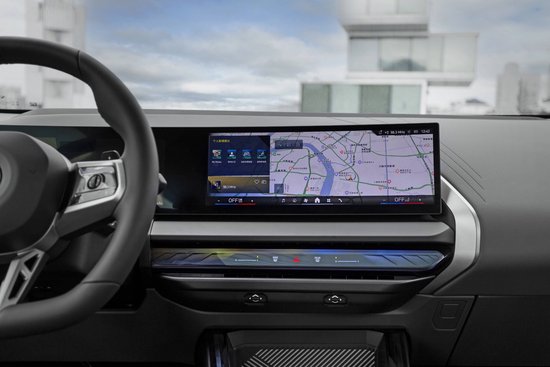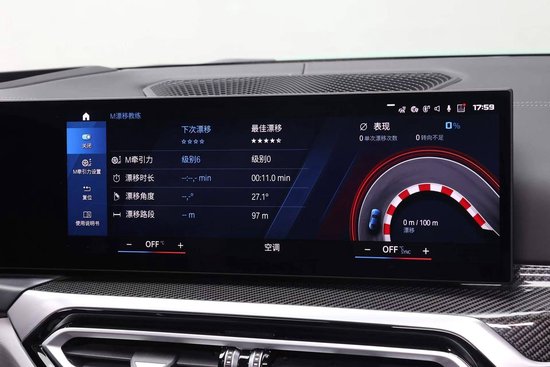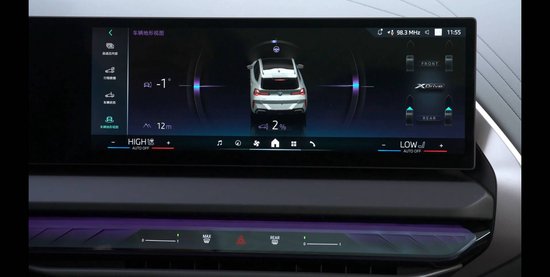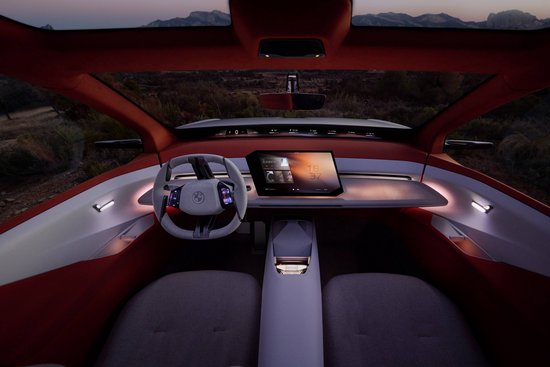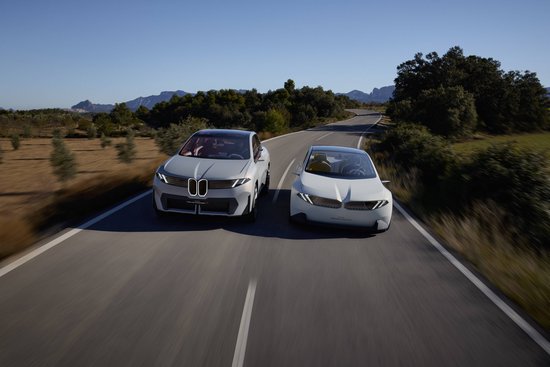The global wave of digitalization and intelligence transforms cars into personal smart mobility spaces. The smart cockpit serves as the key for communication between people and vehicles. Its core value lies in efficiently transmitting information through innovative technology. This reduces user complexity and lowers stress and distractions while driving. High technology should not focus on flashy features. It should enhance driving enjoyment, ensure efficient information delivery, and foster emotional communication between people and vehicles.
BMW believes true technology should be “invisible yet present.” It offers a thrilling drive. The car accelerates quickly, runs long distances, and brakes steadily. It achieves seamless communication between car and driver. It also enhances enjoyment. Information flows effortlessly. Driving focuses without distractions. The riding experience remains stress-free. BMW aims to provide an “enjoyment-centered” smart cockpit experience. It makes driving more reliable, focused, and pleasurable. BMW visualizes intelligent driving fun. The new BMW X3 features a unique “vehicle terrain view.” In complex conditions, the BMW xDrive system redistributes power in 0.1 seconds. The central touchscreen lets drivers monitor altitude, vehicle posture, and torque distribution in real time. This helps tackle various terrains easily. The drift analysis feature in BMW M models evaluates drift distance, time, and entry angle. It helps drivers master drifting techniques quickly. The racing-grade G-force display informs drivers about acceleration and deceleration in real time. In M elite driving mode, it aids in timely adjustments for better performance and safety.
Nine iterations, each innovation centers on driving pleasure. BMW iDrive leads the smart cockpit. It broke traditional boundaries over 20 years ago. In 2001, it introduced the first knob and screen, pioneering smart human-machine interaction. In 2003, it was the first to adopt HUD technology. BMW then created five-dimensional human-machine interaction and an integrated floating curved screen. In every era, BMW drives innovation in smart human-machine interaction.
The latest BMW operating system focuses on creating a user-friendly experience for Chinese drivers in high-frequency scenarios. The upgraded BMW Intelligent Personal Assistant offers natural voice interaction and quick response times. Users engage with it over 80% of the time. The new “Say It When You See It” feature allows voice activation for multimedia, vehicle settings, and app market information. Commands like “Open Tencent Video – TV Series – A Little Happiness – Fast Forward” free users’ hands for convenience. The four-zone voice control and cross-region multi-intent commands enable backseat passengers to issue commands like “Turn on air conditioning – windows – and music” with one button. Thanks to partnerships with local companies, nearly 80% of users frequently utilize BMW’s in-car online navigation. The new 3D view mode, indoor parking navigation, and traffic light countdown make navigation more intuitive and focused. BMW tailors a practical digital ecosystem for Chinese users, with in-car entertainment app usage exceeding 70%. Owners enjoy popular audio platforms like QQ Music, NetEase Cloud Music, and Himalaya. They can also access video content from Tencent Video and iQIYI through third-party app markets, adding fun and personalization to every trip.
BMW Group invests deeply in digitalization and software. It leads the industry with remarkable achievements. The company has over 20 years of experience in software development. It established its software development department in 2002. Today, it has R&D bases in the U.S., Portugal, Germany, Japan, and Shanghai, Beijing, and Nanjing in China. China has become BMW’s largest R&D base outside Germany. More than 3,200 BMW designers and engineers collaborate closely with Chinese tech firms, startups, local partners, and academia. They drive leading innovations. Chengmai Technology employs over 600 engineers. They develop software for smart connected vehicles and deliver end-to-end functionality. China is the only country outside Germany with a Sky Lab human-computer interaction design team and a Usability Lab. It houses all core design functions, including user experience design, visual design, user research, and human-computer interaction development. This showcases BMW’s systematic, precise, and advanced usability research methods based on simulation models.
The R&D and design team in China actively participates in developing the “New Generation” models. They tailor designs that resonate with the “Chinese heart.” In China, the latest BMW operating system’s key digital experiences will emerge from collaboration between the Chinese digital R&D team and the Munich R&D team. They will design features like smart personal assistants, navigation systems, user interfaces, and digital functions and services for the in-car ecosystem. Since launching usability research for the “New Generation” in 2020, the team has reached a user research equivalent to interviewing three users daily for three years without interruption. The research has totaled over 2,500 hours of interviews. BMW will also strengthen cooperation with Chinese tech companies. Together, they will create a smart digital ecosystem that aligns with Chinese user habits.
BMW will globally debut the new generation of its intelligent cockpit and operating system at the 2025 Consumer Electronics Show in the U.S. The new cockpit focuses on “driving pleasure.” It will offer innovative human-machine interaction. This design empowers smart and personalized future mobility.

